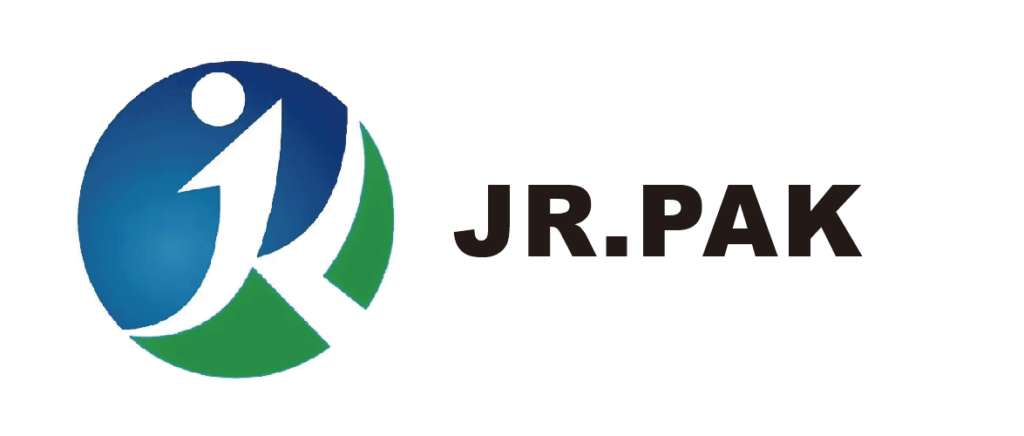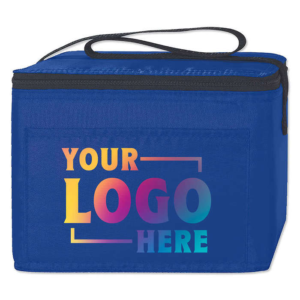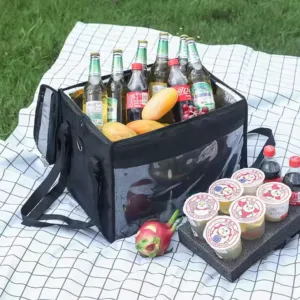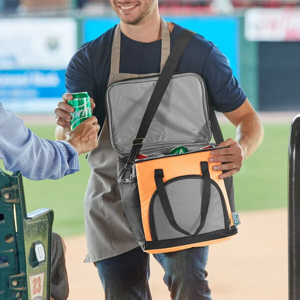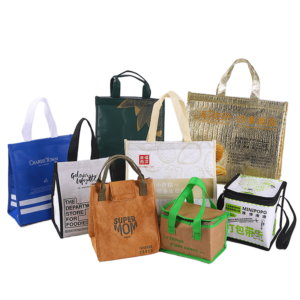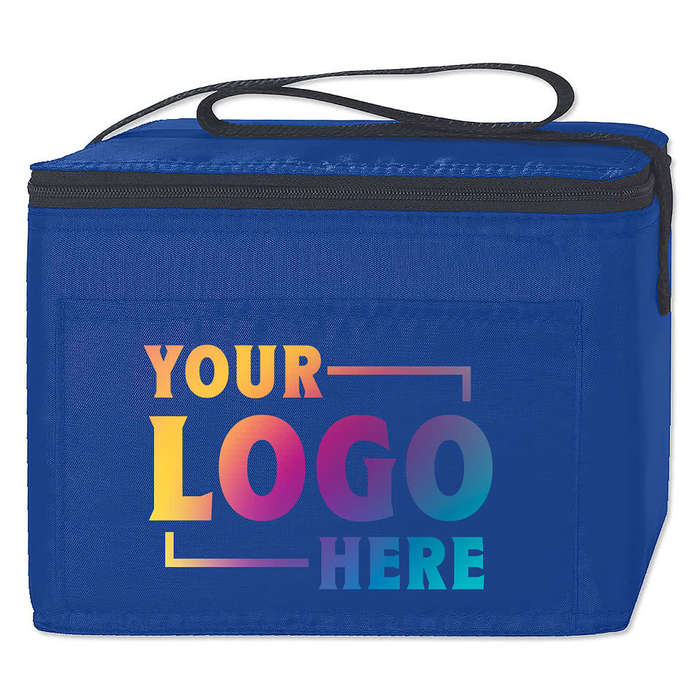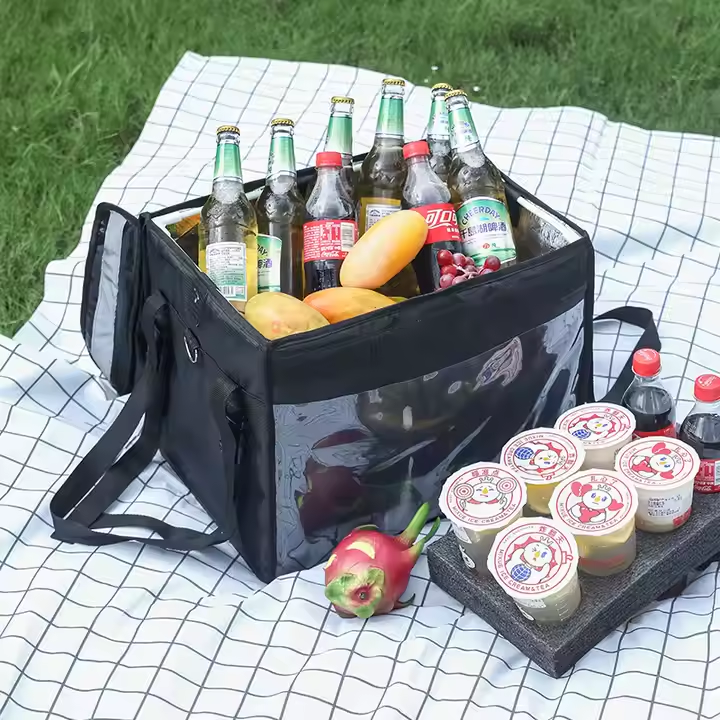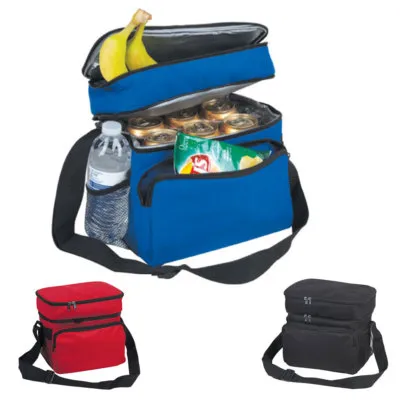In the evolving world of packaging, customer demands are shaping the future of non-woven materials. This article explores the top 10 demands driving innovation and sustainability in the non-woven packaging industry, helping B2B buyers stay ahead.
10 Customer Demands Shaping the Future of Non Woven Packaging
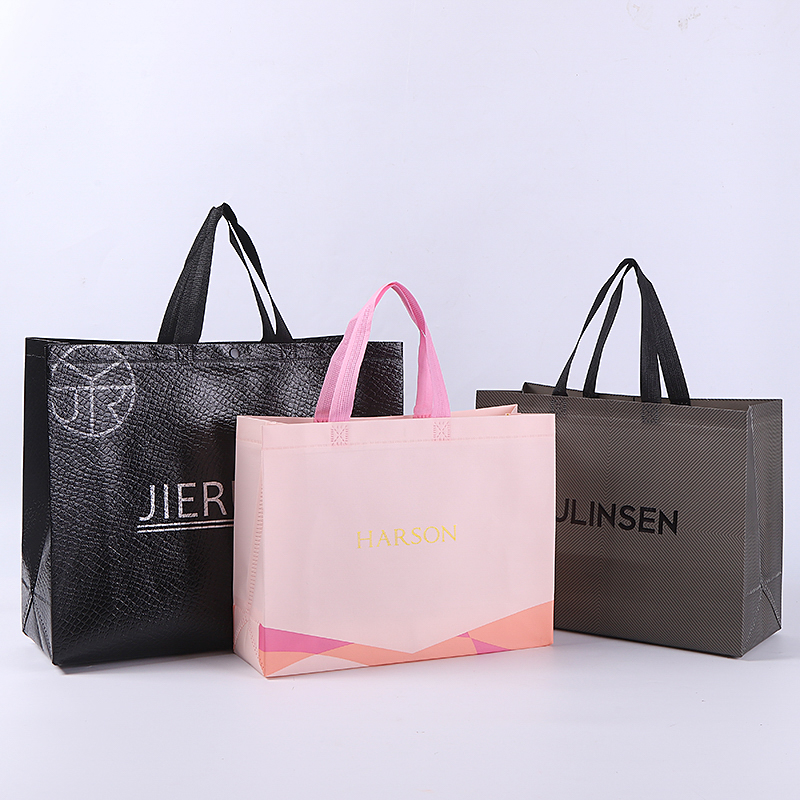
Customers now expect non-woven packaging to combine sustainability, functionality, and innovation. These demands are changing how manufacturers design, produce, and deliver packaging.
Explore these 10 trends to better align your packaging strategy with market expectations.
Sustainability and Eco-Friendliness

Sustainability remains the strongest demand from customers worldwide. Buyers, especially in developed markets, want packaging made from materials that reduce environmental harm. This includes biodegradable fibers, compostable substrates, and products that can replace single-use plastics.
Learn more about our sustainable non-woven bags
Key Features of Sustainable Packaging
| Material Type | Environmental Benefit | Common Application |
|---|---|---|
| Biodegradable PLA | Breaks down naturally | Grocery & produce bags |
| Compostable non-woven | Turns to organic matter | Takeaway food packaging |
| Recycled fibers | Reduces landfill waste | Shopping & promotional bags |
While cost is often higher, many companies now prioritize sustainability to meet regulatory requirements and align with corporate values.
Use of Recycled Materials
Customers are actively supporting the circular economy. They now demand packaging that includes post-consumer or post-industrial recycled fibers. This helps reduce raw material use and enhances brand image for being environmentally responsible.
Recycling Sources and Uses
| Recycled Material Source | Common End Use |
|---|---|
| PET bottles | Non-woven RPET fabric |
| Fabric scraps | Laminated PP woven bags |
| Industrial offcuts | Heavy-duty packaging sacks |
Companies using recycled materials can display eco-labels, gaining consumer trust while contributing to global sustainability goals.
Customization and Branding
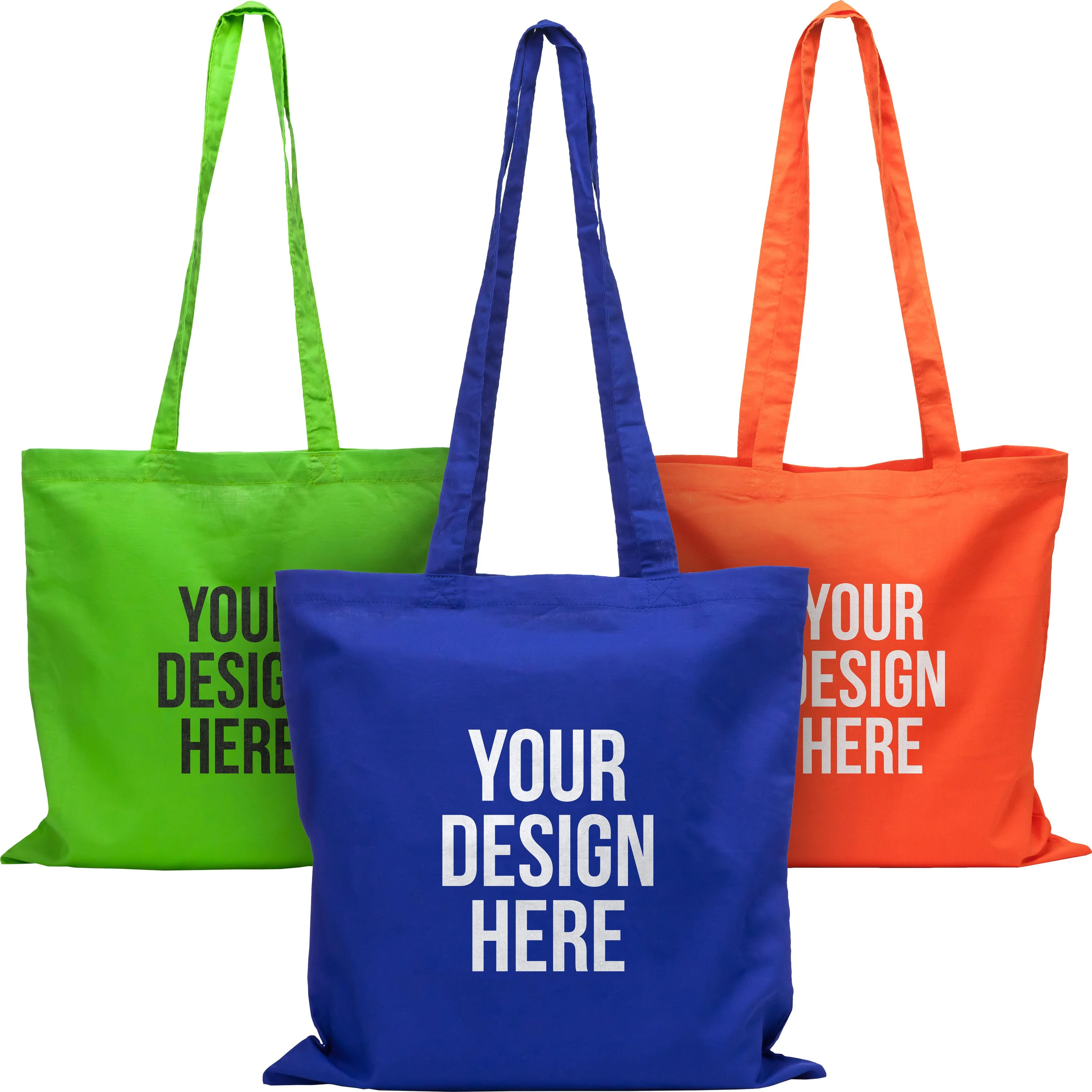
Branding plays a major role in packaging today. Businesses request bold, colorful, and highly customized non-woven bags that reflect their identity. Full-color digital printing, custom die-cutting, and branded eco-labels are key.
Customization Elements
| Feature | Branding Impact |
|---|---|
| Full-color printing | Boosts visibility |
| Logo positioning | Reinforces brand identity |
| Unique shapes | Enhances customer recall |
Custom packaging enhances customer experience and turns the bag into a mobile advertisement.
Smart Packaging Features
Technology integration in non-woven packaging is becoming more common. Businesses are embedding QR codes, NFC chips, or RFID tags into bags to provide product information, drive digital engagement, and improve logistics.
Smart Feature Functions
| Technology | Function |
|---|---|
| QR Code | Scan for promotions or tracking |
| RFID Tag | Inventory and logistics control |
| NFC Chip | Contactless information sharing |
This trend is growing, especially in premium markets and for products that need traceability or digital storytelling.
Lightweight yet Durable Designs
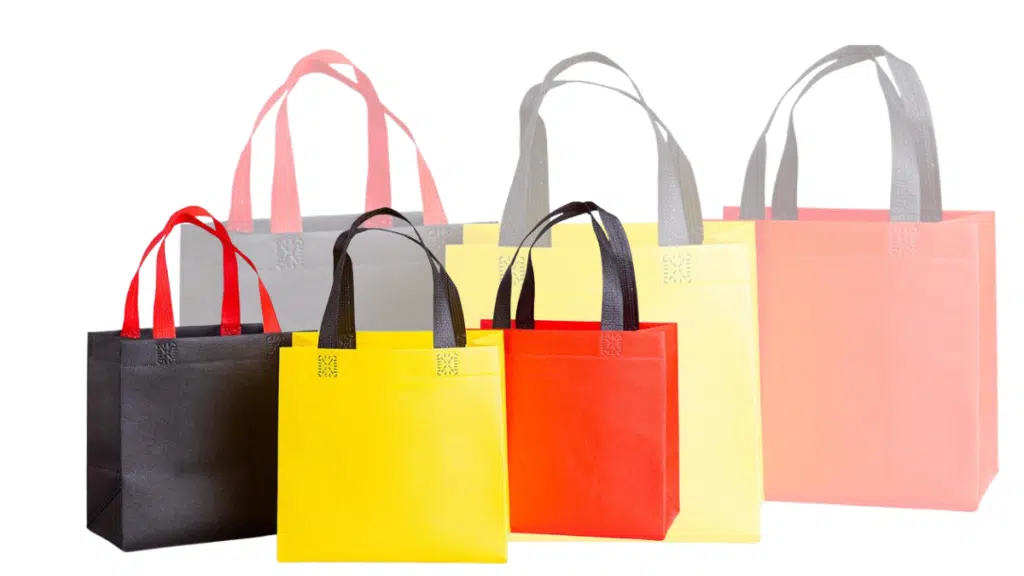
Customers expect a balance between lightness and strength. A well-designed non-woven bag should be easy to carry, not bulky, yet strong enough to handle weight.
Performance Comparison
| Feature | Lightweight Bags | Durable Bags |
|---|---|---|
| Weight | <50g | 50–150g |
| Load capacity | 5–10kg | 10–25kg |
| Lifespan | 10–30 uses | 50+ uses |
Manufacturers are now using reinforced stitching and multilayered materials to meet this dual requirement.
Advanced Manufacturing Technologies
Manufacturers are investing in new technologies. Ultrasonic welding, automated cutting, and AI-driven quality checks are raising production efficiency and reducing human error.
Impact of Technology on Production
| Technology | Benefit |
|---|---|
| Ultrasonic welding | Stronger seams, less labor |
| Smart controls | Reduced defects, faster setup |
| Automation | Cost-effective mass production |
These advancements are crucial for meeting bulk orders without compromising quality.
Transparency1 and Visibility
Retailers and consumers want packaging that reveals the product inside. Transparent or semi-transparent non-woven packaging provides visibility, reducing the need to open or repack items.
Visibility Options
| Bag Type | Transparency Level |
|---|---|
| Clear PET laminated | Fully transparent |
| Mesh non-woven | Semi-transparent |
| Laminated PP woven | Opaque with visibility strip |
These designs improve user experience in retail and food packaging without compromising sustainability.
Multifunctionality and Performance
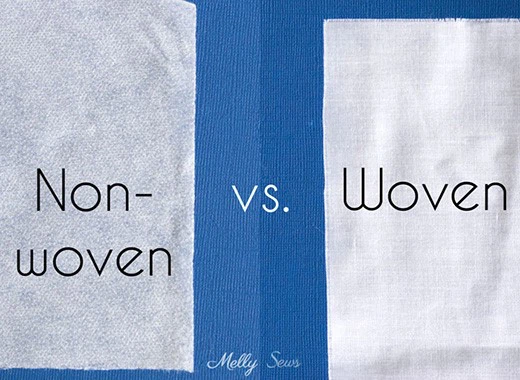
Buyers need bags that do more than carry items. Properties like water resistance, antibacterial surfaces, or breathable layers are now being requested for use in food service, healthcare, and fashion.
Enhanced Properties and Applications
| Feature | Application |
|---|---|
| Self-sanitizing | Medical or public-use bags |
| Breathable layers | Fashion and clothing packaging |
| Heat insulation | Takeaway food and beverages |
These advanced functions help bags serve dual roles, increasing their value per unit.
Compliance with Government Regulations2
Regulations are forcing businesses to shift. From Europe’s single-use ban to U.S. state-level mandates, packaging must now meet specific legal and environmental standards.
Regulatory Requirements by Region
| Region | Common Regulation |
|---|---|
| EU | Ban on single-use plastic bags |
| USA | Minimum recycled content laws |
| Asia | Compostable materials requirement |
Compliant packaging avoids fines, builds trust, and opens up more markets.
Luxury and Premium Appeal
High-end buyers are not just looking for sustainability—they want beauty too. Lamination, embossing, and rich textures make non-woven bags suitable for luxury fashion and gifting.
Premium Features
| Feature | Market Impact |
|---|---|
| Textured finish | Adds tactile luxury |
| Gold stamping | Elevates brand prestige |
| Matte lamination | Modern, clean appearance |
This demand reflects a merging of aesthetics and environmental responsibility.
Conclusion
The future of non-woven packaging lies in meeting these 10 customer demands. Whether it's sustainability, technology, or premium branding, each trend represents an opportunity for businesses to innovate and stand out. At JiaRong Packing, we see these changes daily in our global orders—from eco-friendly totes for U.S. supermarkets to high-end fashion bags in Japan. We believe that understanding these demands helps you choose the right packaging partner. Explore more on our official non-woven bag page. Share your thoughts or tell us which trend matters most to your business.
